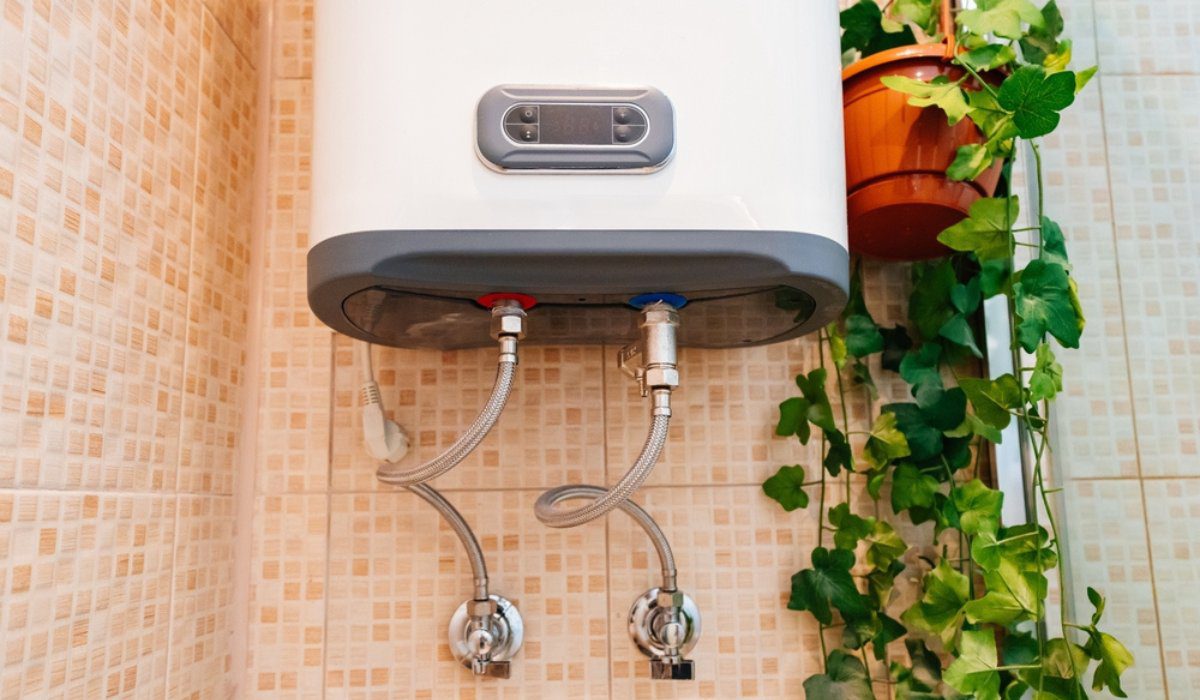Key Tips on Maintaining Your Home's Hot Water SystemImportant Advice on Caring for Your Home's Hot Water System
Click HereThis post directly below relating to How to Maintain Your Water Heater & Prolong its Life is particularly entertaining. You should see for yourself.

Warm water is vital for day-to-day convenience, whether it's for a refreshing shower or cleaning dishes. To guarantee your warm water system runs efficiently and lasts longer, normal upkeep is key. This post gives practical ideas and understandings on just how to maintain your home's hot water system to prevent disturbances and pricey repair work.
Introduction
Preserving your home's warm water system might seem complicated, however with a couple of simple steps, you can ensure it runs efficiently for years ahead. This overview covers every little thing from understanding your hot water system to do it yourself upkeep pointers and recognizing when to call in professional help.
Importance of Preserving Your Hot Water System
Routine upkeep not only prolongs the life-span of your hot water system but likewise guarantees it runs successfully. Ignoring maintenance can bring about decreased efficiency, higher energy bills, and even early failing of the system.
Indicators Your Warm Water System Needs Upkeep
Understanding when your hot water system needs focus can protect against significant problems. Watch out for signs such as inconsistent water temperature level, unusual sounds from the heating unit, or rustic water.
Understanding Your Warm Water System
Prior to diving into upkeep tasks, it's handy to recognize the fundamental components of your hot water system. Commonly, this consists of the water heater itself, pipelines, anode rods, and temperature controls.
Month-to-month Upkeep Tasks
Routine monthly checks can aid capture minor problems before they rise.
Purging the Water Heater
Purging your hot water heater removes debris accumulation, improving effectiveness and prolonging its life.
Monitoring and Changing Anode Rods
Anode rods protect against rust inside the tank. Evaluating and changing them when worn out is essential.
Inspecting and Readjusting Temperature Setups
Changing the temperature setups makes certain ideal efficiency and safety.
Do It Yourself Tips for Upkeep
You can carry out several upkeep jobs yourself to keep your warm water system in leading condition.
Checking for Leakages
Routinely inspect pipelines and connections for leakages, as these can result in water damage and greater bills.
Testing Pressure Alleviation Valves
Testing the pressure safety valve ensures it operates correctly and stops extreme stress accumulation.
Shielding Pipes
Shielding hot water pipelines decreases warm loss and can conserve power.
When to Call an Expert
While do it yourself maintenance is helpful, some issues need specialist expertise.
Facility Issues Needing Professional Aid
Examples consist of major leakages, electrical troubles, or if your water heater is continually underperforming.
Routine Specialist Maintenance Perks
Professional maintenance can consist of complete examinations, tune-ups, and ensuring compliance with safety and security requirements.
Verdict
Regular upkeep of your home's warm water system is vital for performance, durability, and price financial savings. By following these tips and understanding when to look for specialist assistance, you can make sure a trusted supply of hot water without unforeseen disturbances.
How to Maintain an Instant Hot Water Heater
Before tinkering with your hot water heater, make sure that it’s not powered on. You also have to turn off the main circuit breaker and shut off the main gas line to prevent accidents. Also turn off the water valves connected to your unit to prevent water from flowing into and out of the appliance. 2. When you’re done, you have to detach the purge valves’ caps. These look like the letter “T” and are situated on either side of the water valves. Doing so will release any pressure that has accumulated inside the valves while at the same time avoid hot water from shooting out and burning your skin. 3. When the purge valves’ caps are removed, you have to connect your hosing lines to the valves. Your unit should have come with three hoses but if it didn’t, you can purchase these things from any hardware or home repair shops. You can also get them from retail stores that sell water heating systems. Read the user’s manual and follow it to complete this task properly. When the hosing lines are connected, open the purge port’s valves. 4. You should never use harsh chemical cleaners or solutions when cleaning your unit. Make use of white vinegar instead. It should be undiluted and you’ll probably use about 2 gallons. 5. Now flush your water heater. This task should probably take about 40 minutes. We can’t give you specific directions for this because the procedure is carried out depending on the type, model and brand of your heater. With that being said, refer to the user’s manual. 6. When you’re done draining the unit, you have to turn off the purge port valves again. Remove the hosing lines that you earlier installed on each of the water valves. Put the valve caps (purge port) back in their respective places and be very careful so as not to damage the rubber discs that are found inside these caps. 7. Now that everything’s back in place, check your user’s manual again to find out how to reactivate your water heating system. 8. Once it is working, turn one of your hot water faucets on just to let air pass through the heater’s water supply pipes. Leave the tap on until water flows smoothly out of it. https://www.orrplumbing.com/blog/2014/september/how-to-maintain-an-instant-hot-water-heater/

Hopefully you enjoyed reading our post about How to Maintain a Hot Water Heater in a Few Simple Steps. Thank you for taking time to read our blog. Sharing is good. Helping people is fun. Thanks a lot for being here. Please visit our site back soon.
Book An Estimate Now